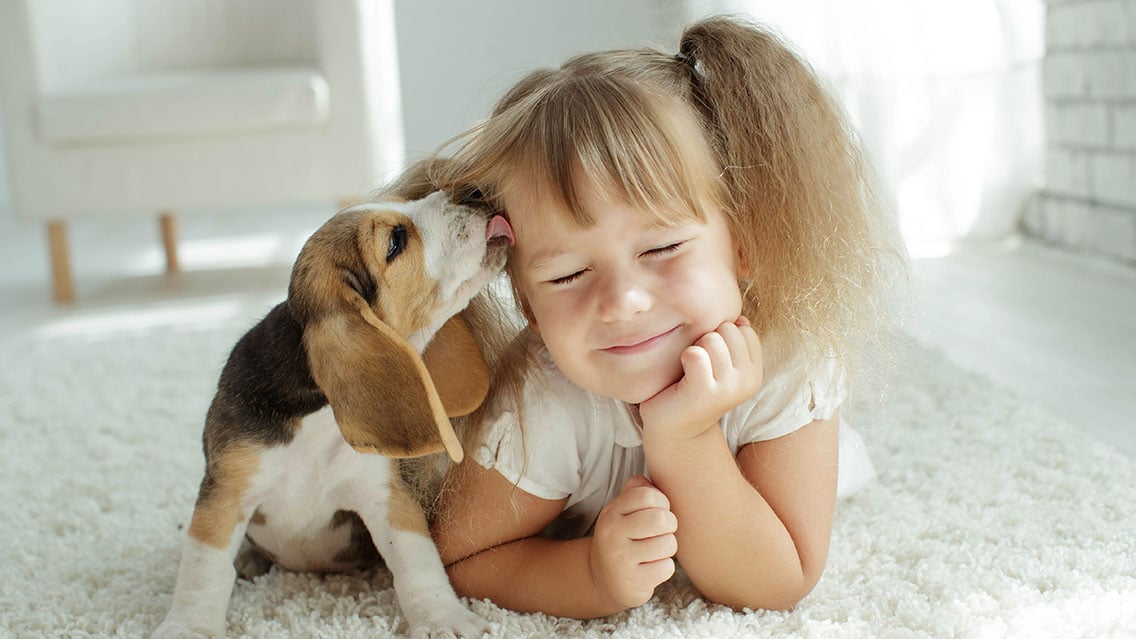
Sex sells. But cute sells more. An absurd claim? Not at all. And science backs it up.
A study was done to see whether using a cute baby or animal would get more people to respond to a survey. The results? The cute baby increased response rates by 88%, and the cute animal increased response rates by 42%.
In the world of business marketing, especially video marketing, do not underestimate the power of cute. Just take a look at Budweiser’s famous Clydesdales Super Bowl commercials.
Sure, there’s a certain time and place for “cute” to make an appearance, so it’s all about finding and capitalizing the appropriate situation.
This article will outline the qualifications of cute, the benefits of using cute in your marketing assets and videos, and when being cute just doesn’t cut it.
Why “Cute” Works in Marketing
First, let’s come to an understanding of what qualifies as cute. Cute has very clear distinguishing characteristics.
- Disproportionately large heads
- Big eyes
- Small noses
- Chubby cheeks
- Vulnerability
Remind you of anything? Like, perhaps babies? According to research, people love looking at babies. It may be the single most persuasive image on the planet. Why? Pictures of cute babies cause the release of dopamine. Yes, the same chemical that’s released when people fall in love, have sex, or take drugs.
Pictures of babies trigger our nurturing instinct. Humans are wired to protect babies. It’s good Darwinian sense. You may not consciously feel this impulse, but it’s there.

The preeminent reason why cute works well in marketing and advertising is that looking at cute things makes us feel good.
It’s not much more complicated than that. Taking an impersonal product or service and creating a connection to a cute image re-personalizes it, which in turn, makes it more attractive to consumers.
Benefits of Using “Cute” in Marketing
What about products that aren’t necessarily thought of as cute? Like, say, beer. Let’s bring it back around to Budweiser’s Super Bowl commercials, particularly, the one from a few years back starring the golden retriever puppy and Clydesdale horse. A perfect example of creating an emotional connection between product and cuteness.
There are some very practical reasons to use “cute” in your marketing strategy.
1. People Share Cute
Admit it, you’ve probably been guilty at one time or another of forwarding a video to a friend that you thought was adorable.
I’m going to go back to science again here. The reason people like to share memes and videos like that is that we as humans want to attain self-actualization. Simply put, it makes us feel good when we can make others feel good.
2. Cute is Memorable
Seeing images of puppies, kitties, or pretty much any baby animal evokes warm feelings and creates stronger memory recall.
In fact, a study involving university students found that cute images helped facilitate improved performance on detail-oriented tasks that require focus.
3. Cute Reaches a Bigger Audience
Everybody loves cute. As I mentioned at the top of this article, cute sells better than sex because it appeals to all age groups and you don’t have to be as careful with it. However, there are situations when cute doesn’t work.
When “Cute” Does or Doesn’t Apply
If “cute” is so universally popular, can’t it be used to market everything? No. Sometimes the subject matter will not lend itself to a cute approach.
If it does, the “cuteness” must be relevant to the product. That said, you’d be surprised at the non-cute things that can be effectively sold through the power of cute.
Who would have thought you could use cute to sell an automotive feature like parking assist?
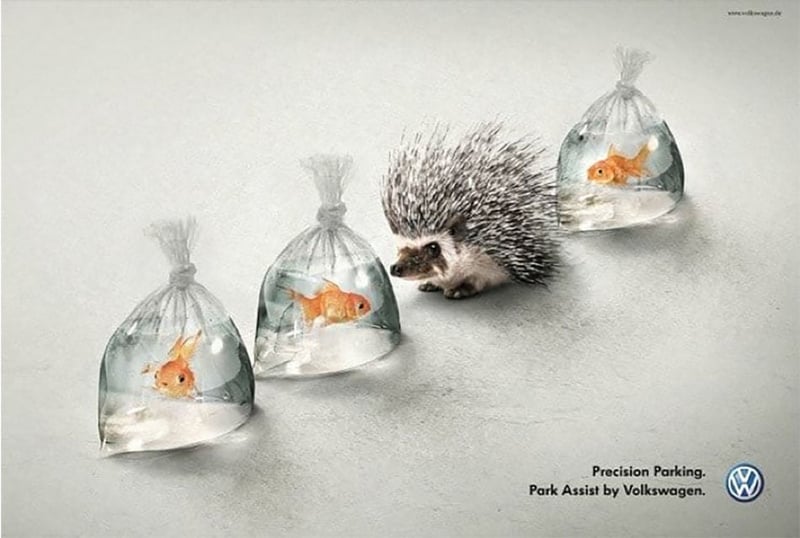
And look at this brilliant ad that has no baby animals but still has the power to make you go “Awww,” to sell bandages (poor Hulk).
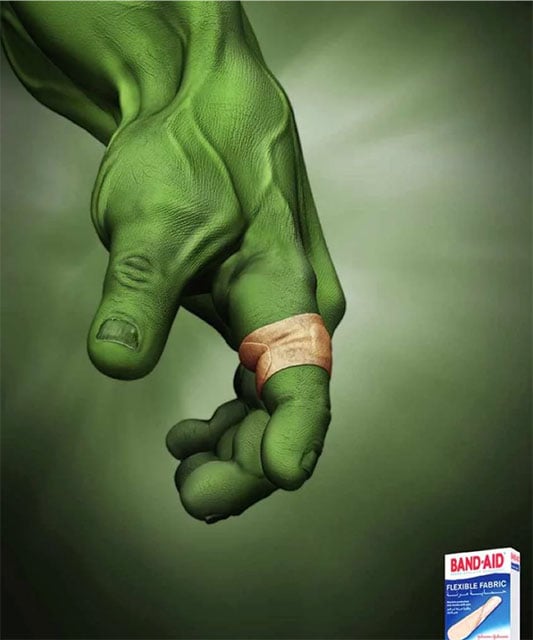
Check out this clever ad to sell men’s razors.
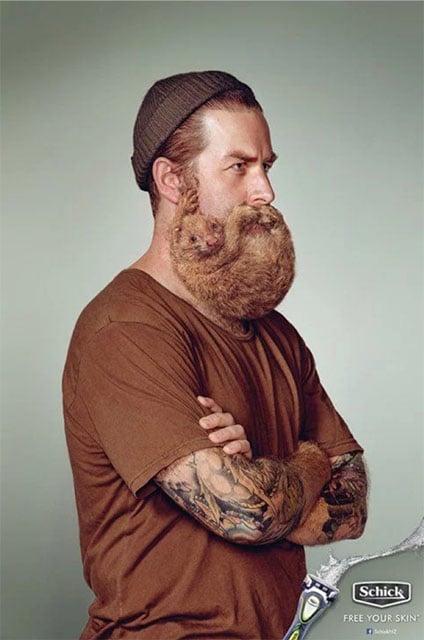
And then there’s this memorable video campaign for The Australian Metro designed to remind riders to stay safe. They somehow manage to take gruesome deaths and make them “cute.”
There are also times when a campaign seemingly has traditional “cute” elements, but their messaging still doesn’t land.
Take Huggies, for example, which faced backlash over their 2014 “dad test” campaign. Did the ads feature cute babies? Yep. Did it work? No. Why? It played into the stereotype that fathers can’t handle parenting duties as well as mothers. The campaign even sparked a removal petition.
Moving Forward With “Cute” in Your Marketing Strategy
Cute lends itself beautifully to marketing strategies like inbound marketing, where the goal is to drive potential customers to your website or to interact with you.
VMG Studios is well-versed in the ways of drawing attention to our clients through the use of our Emmy Award-winning creative marketing and branding strategies.
Perhaps we can help you with your next marketing campaign.
Will we insist on showing babies, puppies, and kitties in your video? Not at all. But we also have been around the block enough times to know that you should never underestimate the power of cute for reinforcing brand recall.
Now, enjoy staring at this absurdly adorable puppy for the next few seconds…
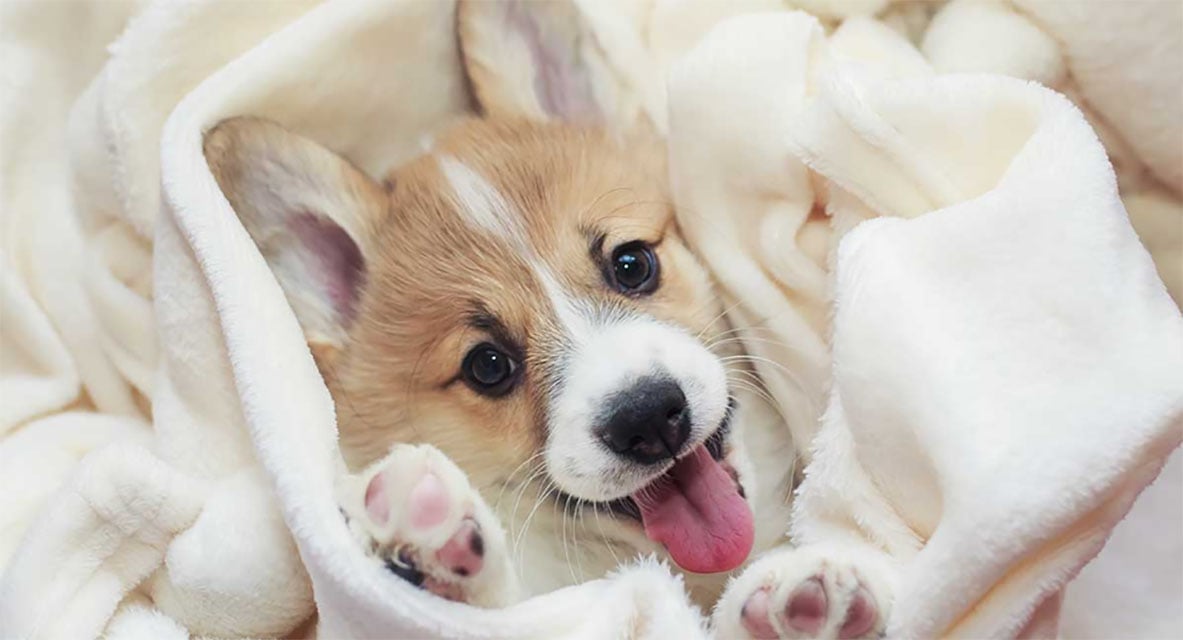
VMG Studios is here to help ideate, develop, and deploy your marketing strategies whether it’s an explainer video, training course, or company rebrand.
To get your creative juices flowing for your next project, click the image below to download our free creative messaging brief to begin outlining your ideas.






